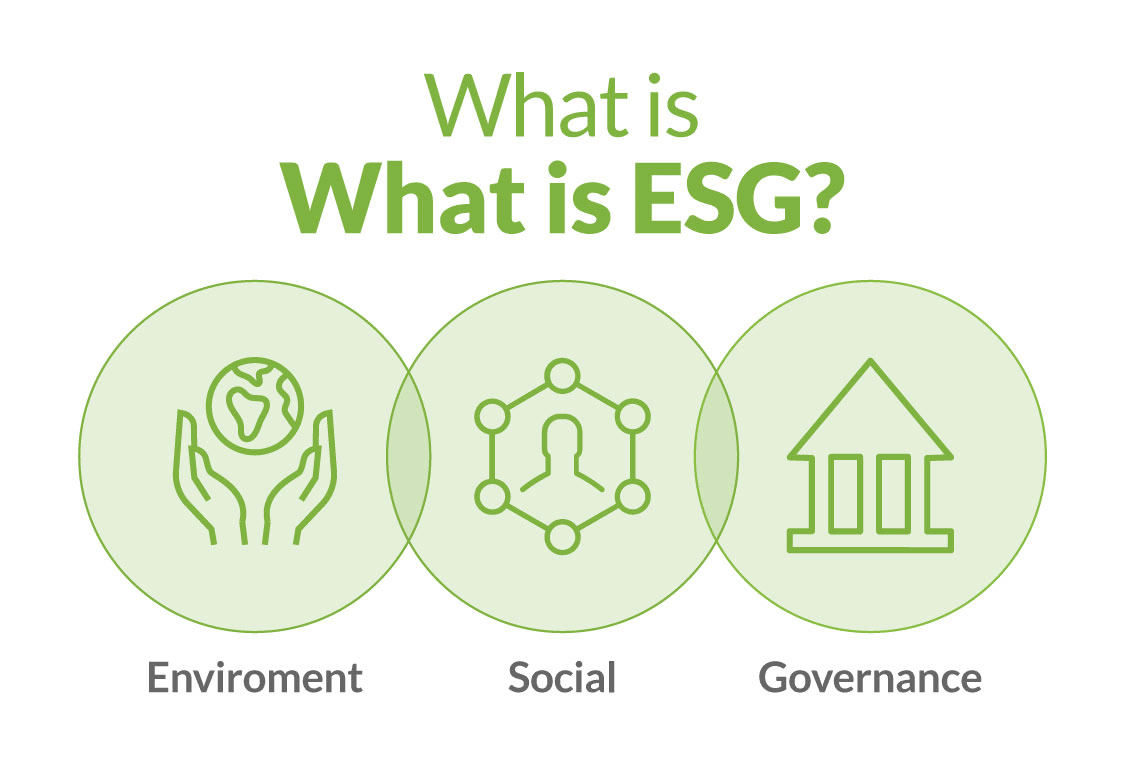Sustainability in the private sector has become a key consideration in managing risks, meeting stakeholder expectations, accessing capital, gaining a competitive advantage, compliance, and driving long-term value creation. Environmental, Social, and Governance (ESG) strategies for the private sector refer to the approaches and practices that private companies adopt to integrate sustainability and responsible business practices into their operations. These strategies go beyond purely financial considerations and encompass broader societal and environmental impacts.
A robust ESG strategy typically incorporates several key features and the common ones comprise the following;
- Clear Goals and Targets. An effective ESG strategy begins with clearly defined goals and targets that align with the company’s values and stakeholder expectations. These goals should be SMART – specific, measurable, achievable, relevant, and time-bound.
- Integration with Business Strategy. A strong ESG strategy is integrated into the core business strategy, aligned with the company’s long-term vision, values, and purpose. It should not be treated as a separate initiative.
- Board and Leadership Commitment. Leadership commitment is crucial for a successful ESG strategy. This means that starting from the Board of Directors and senior management, sustainability should be embedded into corporate governance and decision-making processes.
- Stakeholder Engagement. Engaging with stakeholders, including your employees, clients, investors, civil society organisations, and the broader communities, is essential to understand their perspectives, expectations, and concerns. Regular dialogues and feedback mechanisms help shape the ESG strategy to address material issues effectively.
- Materiality Assessment. Conducting a materiality assessment helps identify and prioritize the most significant ESG issues and indicators for the organization. This assessment considers both internal and external factors, such as industry trends, stakeholder interests, and financial implications.
- Robust Environmental Practices. A good ESG strategy emphasizes environmental stewardship. This involves adopting sustainable practices to reduce carbon emissions, conserve natural resources, manage waste and pollution, and mitigate environmental risks.
- Social Impact and Human Rights. The strategy should address social impact and human rights considerations such as diversity, equity, and inclusion within the organization, and ensuring fair labour practices. Further, the respect for human rights across the value chain and empowering communities are also essential.
- Transparent Reporting and Disclosure. Incorporating transparent reporting and disclosure mechanisms enables stakeholders to assess the company’s progress, goals, and performance against defined metrics. This enables the company to know its progress against peers in the industry as well as be accountable to all stakeholders. Reports should follow recognized frameworks such as the Global Reporting Initiative (GRI) or Sustainability Accounting Standards Board (SASB) standards.
- Risk Management. Integrating ESG factors into risk management practices helps identify and mitigate potential ESG-related risks. This includes understanding the financial implications of environmental and social risks and taking proactive measures to manage them effectively.
- Continuous Improvement. A good ESG strategy is not static but evolves over time. Regular monitoring, evaluation, and benchmarking against industry peers and best practices enable the organization to identify areas for improvement and drive continuous progress.
It’s important to note that ESG strategies can vary depending on the company’s size, industry, stakeholder expectations, and specific circumstances. Private sector organizations should tailor their ESG strategies to address the most material issues relevant to their business operations and value chain.







